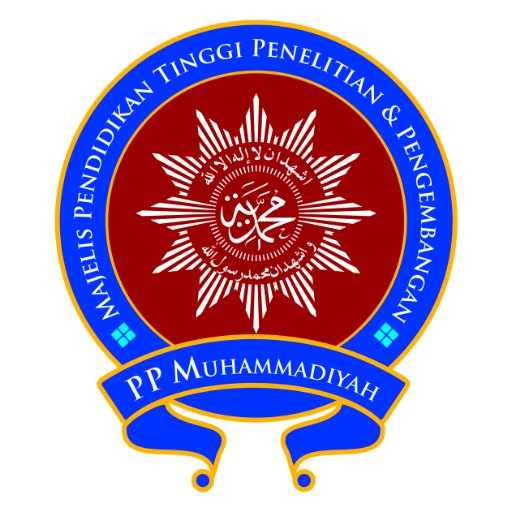A Study of Land Use on Landslide Vulnerability in The Tajum Hulu Sub-Watershed, Banyumas Regency
DOI:
https://doi.org/10.53017/ujmr.97Keywords:
Land Use, Watershed, Vulnerability, LandslideAbstract
Land use is the result of processing or the result of human actions on land that aims to meet every need of life. This study aimed to determine the form of land use in each class of landslide vulnerability. A field survey method was used in this study. The data used primary (land use obtained from surveys and google earth) and secondary data (landslide vulnerability). The overlay data analysis was used to determine the correlation between land use and landslide vulnerability in the Tajum Hulu sub-watershed. The results revealed that various land use in each class of landslide vulnerability. The widest land use in the low landslide vulnerability class was for forest (51%), moderate land use vulnerability class was for gardens (46%), high landslide vulnerability class of the widest land use was for gardens with an area of 48%. The widest form of land use in the high landslide susceptibility class was for gardens.
Downloads
Downloads
Published
Issue
Section
License
Copyright (c) 2021 Saifullah Yusuf, S Suwarno, Esti Sarjanti

This work is licensed under a Creative Commons Attribution 4.0 International License.





